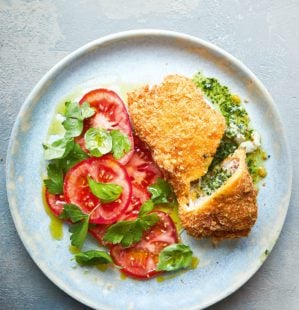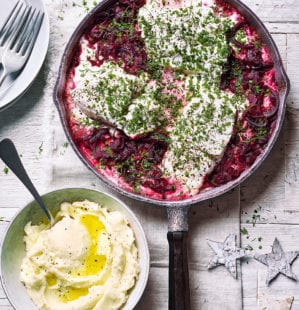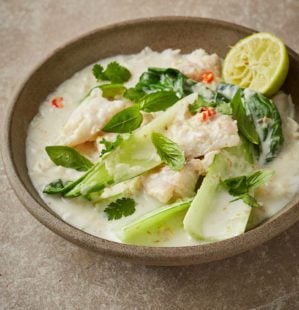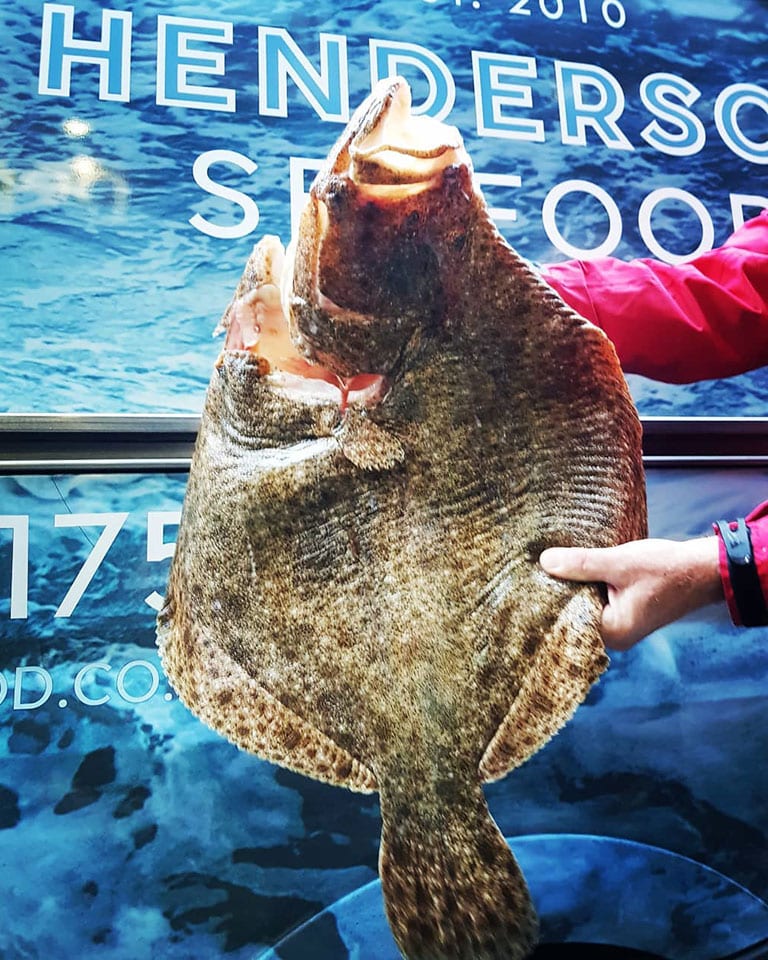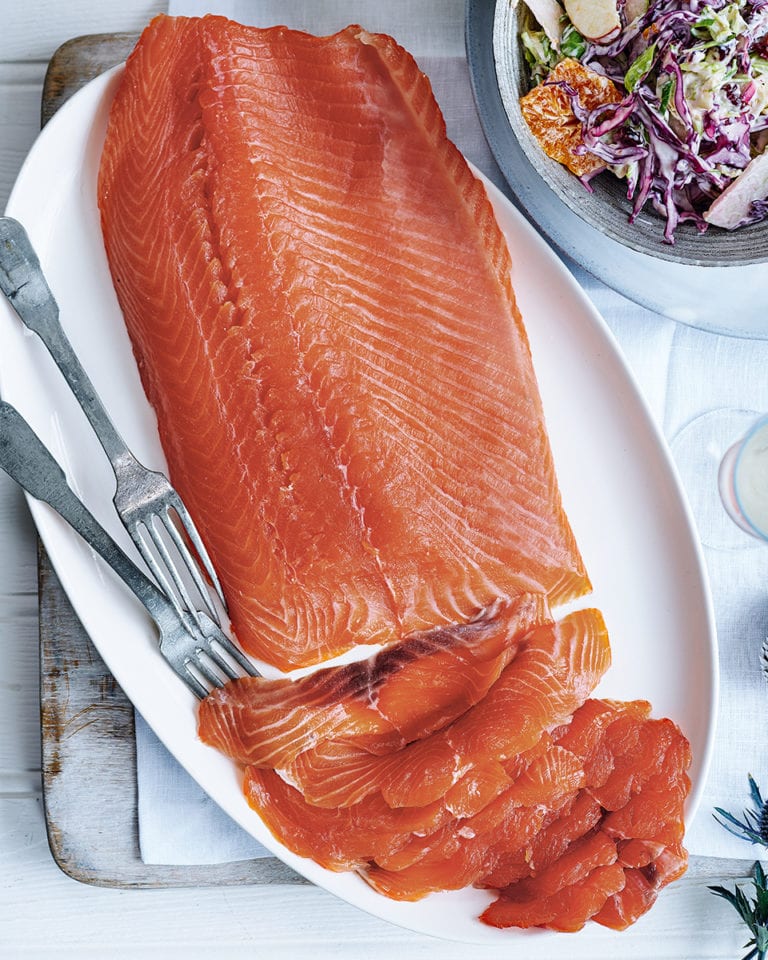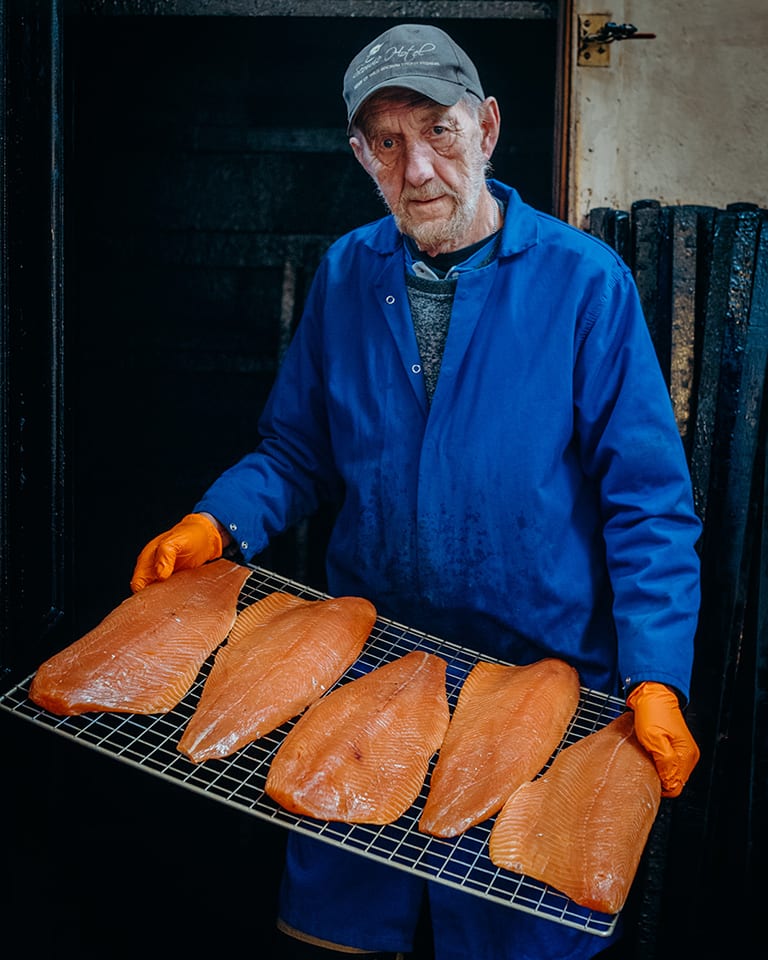Our easy guide to eating sustainable fish in the UK
Our seas and oceans are at the heart of our planet’s ecosystem and the fish that live within them are a brilliant part of our diet, but it’s become increasingly difficult to know which fish to buy and cook at home. Clare Finney investigates why swapping your usual fish choices to a diverse range of locally caught species is the most sustainable option….
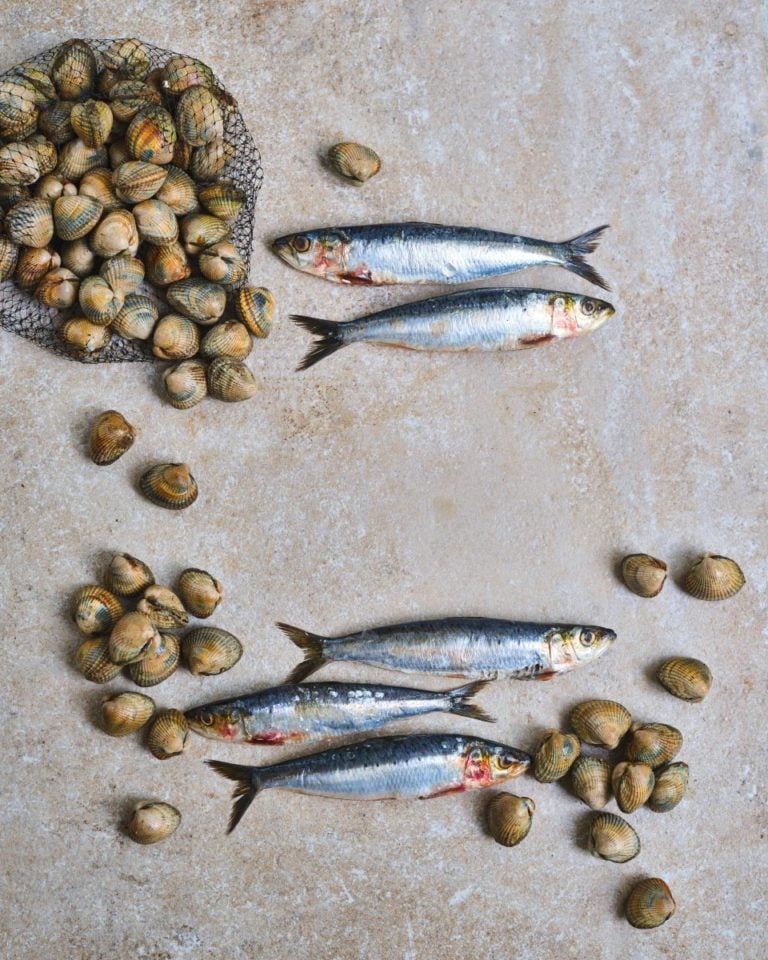
Why should we eat fish?
It’s a valid question. If you watched the Netflix documentary Seaspiracy a few years back, you might have concluded that we shouldn’t eat fish, full stop. The focus the documentary makers placed on supertrawlers and intensive farms lead many to conclude fishing was inherently unsustainable; that – as they’d claimed – we’d run out of fish completely by 2048, if we continued to fish in the way that we are. That claim is one of many to have since been resoundingly debunked. Nevertheless, the general sense of unease around seafood lingers on.
Part of the problem is that in recent decades Brits haven’t been that comfortable venturing beyond cod, prawns, haddock, salmon and tuna. “80% of the fish we eat comes from those five species,” says George Clark, UK & Ireland programme director at the Marine Stewardship Council (MSC), an independent certification body that is responsible for the blue MSC ecolabel which signifies a seafood product is sustainable. “With 2,500 species of seafood, there is a huge opportunity to diversify and spread the pressure.” To discount fish is to discount a climate-friendly, nutritious and versatile food that, properly fished, is in abundance. To say stop fishing completely is, chef Mitch Tonks continues, “just too binary a take.” Caught sustainably, fish is a climate-friendly, nutritious and versatile food that we should take care buying, but not overlook completely.
How does buying British come into this?
The shorter the supply chain, the fresher and better quality the seafood is one, strong argument. At present we export 80% of what we catch in the UK and import 80% of what we eat. That’s “crazy,” says Nick Jefferson, founder of Wylde Market: a virtual market which enables consumers to buy direct from small-scale producers around the UK.
Hayden is one of the fishermen supplying Wylde Market. He fishes by rod and line from a small day boat and exports over 90% of what he catches each day. “I’d like to sell more to the UK. It’s more sustainable, from a business perspective than being reliant on foreign markets but we are set in our ways with the species we eat, and I can’t sell species like dover sole here for the same price as I can to Holland.” Britain’s fishing and shellfish industry has been – and remains – hugely impacted by Brexit and is still recovering from the impact of Covid lockdowns. “We want these coastal communities, which we love, to survive” says Tonks.
The shorter the supply chain, the fresher and better quality the seafood.
What about seasonality?
When buying fresh, this is important – and exciting – to consider. When I speak to Hayden, wild sea bass have just come into season. It’s one of his favourite times of year. “Fish have seasons, just like asparagus has seasons,” says Tonks. Sometimes they are spawning or producing, so fishing them would undermine the population; sometimes they’re simply not present in UK waters.
Clark recommends consulting the Marine Conservation Society’s (MCS) Good Fish Guide to know when to avoid certain species for seasonality reasons, but if you’re after something that’s not on there, head to the freezer or the canned fish aisle. “Fish is frozen as soon as it’s landed so it’s a great way to eat seafood and ensure zero waste in the supply chain,” says Jefferson. Ditto canning, with the likes of Sea Sisters and Mitch Tonks’ Rockfish now canning British seafood at source. “Fish quality diminishes with distance from the source, which increases the chance of it being thrown away,” Tonks says – a sustainability time bomb, regardless of how careful the method of catching. “If you pop it in a tin and preserve it, you utilise the whole catch at the height of the season.”
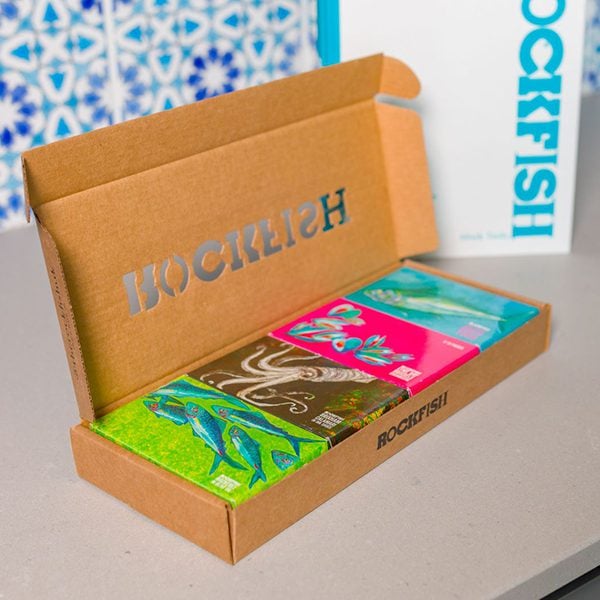
Check the MCS’s Good Fish Guide to know what’s in season and don’t be afraid to swap to a similar fish for what you’re cooking.
What does sustainable fishing look like?
Well, it doesn’t look like the huge trawlers depicted on Seaspiracy. A lot of the time it looks like small day boats, who are restricted as to how far they can travel and how much fish they can catch by the regulations of the fishery in which they operate. “We can’t go very far, for very long, so we work the same patch year in year out. We want to protect it and look after it,” says Hayden.
“The big beam trawlers will come into an area take what they can and leave, and they have the ability to do that.” Instead of targeting one specific species of fish, smaller boats take a “cross-section – and we’re selective,” he continues. The larger the size of seafood you consume, the higher the probability that the stock will climb – which makes fishing methods particularly significant. Fishing by rod and line or gill nets with wide meshes means there is no disruption to the seabed (as there is with the trawler nets, that scrape along the bottom) and any by-catch or undersized fish can be returned to the sea alive. “Our lobster man, Jonny, cuts notches in the tail of female lobsters carrying eggs before returning them, so he knows not to catch them again giving them three years to produce,” says Rick Toogood, founder of sustainably conscious fishmongers and restaurant Prawn on the Lawn in London and Padstow.
Short answer? Smaller boats, fishing selectively within tightly regulated fisheries can avoid taking young fish or shellfish that will go onto reproduce many times.
How can I ensure I’m buying sustainably caught fish?
Buying from a fishmonger or online supplier like Wylde, who deals directly with fishermen, or with independent fishmongers who have a connection with their boats is great. “It will probably be more sustainable than a big corporation, buying tonnes of fish and hammering the price down,” says Toogood.
Unfortunately, shopping small doesn’t always mean shopping sustainable. “A fishmonger could stock fish which has been caught unsustainably. You don’t know unless you ask certain questions, and trust the answers,” says Clark. Be sure to ask these three questions: “What fish is this? Where was it caught? How was it caught?” and don’t be lured into the binary of ‘fishmongers good, supermarkets bad’.
In the absence of an outlet you feel you can fully trust, labels like ASC (Aquaculture Stewardship Council, the regulatory body for farmed fish) and MSC are good guides. You might see other labels suggesting sustainability, but these haven’t been independently assessed by a third party. “Fisheries which are MSC certified have been independently assessed to a rigorous standard that is based on science and aligned with United Nations principles in terms of best practice. They are constantly maintained and assessed, along three principles,” says Clark. “Are the stocks in a healthy condition? How much can you take off to maintain the health for next year? And how much are you impacting the rest of the environment when you fish, in term of marine mammals, endangered species, sea birds and the sea floor?” MSC fisheries aren’t all managed by day boats – there are some bigger fishing boats in there, says Clark, but it is wrong to suggest that these don’t care about sustainability. “Even if they are fishing across a greater area, they are still reliant upon returning to those grounds a month or year later.”
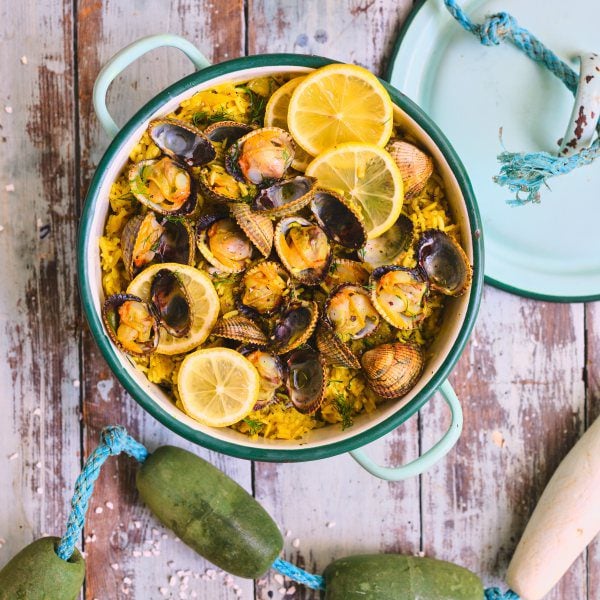
Short answer? If you can buy direct from a fishmonger/online supplier you trust, whom you can ask several key questions, great. Otherwise, look for the blue MSC label – or ASC if you’re buying farmed fish. Buy British, if possible.
So can I buy fish from the supermarket?
There’s a lot to be said for buying from a trusted fishmonger and farmers market, and not just from a sustainability perspective. “Day boat fish will always be fresher than fish from a boat that has been out for longer periods,” says Toogood. By the time ‘fresh’ fish have reached the supermarket, they can be days old. Seeing the fish, talking to the fishmonger, watching fish be gutted and filleted is all part of the experience, enhances our relationship with – and understanding of – this precious resource. Part of the problem we have with our attitudes toward fish in this country is that people are used to seeing fish in fillets in packets in supermarket rather than cooking and eating it whole.
That said, supermarkets are changing – and so are consumers, says Clark, with the former often changing in response to the latter’s demands for British sourced, MSC certified products. “We know supermarkets are more receptive to selling a wider range of British species than they were the previous year. Waitrose are selling clams from Poole Harbour for the first time.” This means we need to keep the pressure on larger retailers, to stock sustainably sourced British fish. “They are a mechanism for real impact.”
The short answer? Yes, if you can see the MSC label. However, fish from a quality, trusted fishmonger or farmers’ market stall is likely to be better.
What about farmed fish?
Perhaps the only subject more contested than the sustainability of wild fish is the sustainability of farmed fish. Problems include pollution from fish faeces, pesticides and fish feed; the transfer of parasites like sea lice from high density farmed fish to wild species; interbreeding between escaped fish and wild fish populations, which undermines the wild population’s genetics; and habitat damage. Then there’s the issue of feed conversion: that is the amount of wild fish that must be caught and killed for feed. “It can sometimes take six kilos of wild fish to make one kilo of feed to produce one kilo of farmed fish,” observes Hayden.
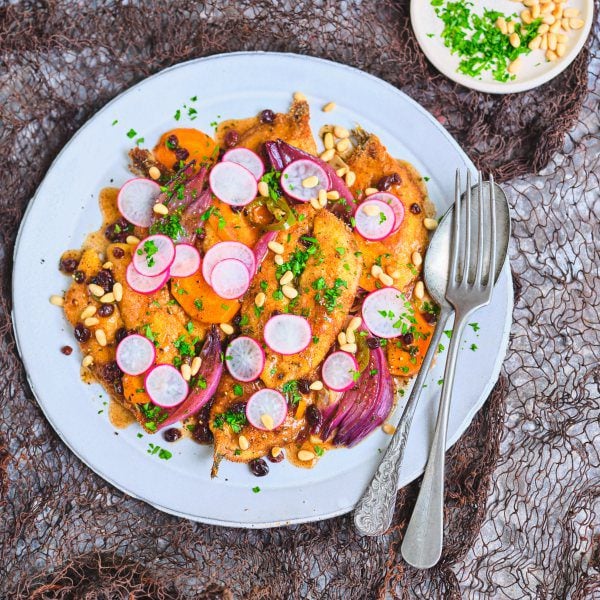
Salmon is the most predominantly eaten fish in the UK – yet Scottish salmon farms are amongst the least progressive, says Tonks. The good news is that these farms have a powerful incentive to improve. “Lots of retailers, big brands and manufacturers are invested in improving the sustainability of their fish sources,” says Clark. “Where this is demand, these fisheries and farms will work toward certification.” A good example of fish farming done well in Britain is Chalk Stream trout.
Chalk Stream trout and shellfish aside, farmed fish remains a somewhat contentious area, though it is improving. Look for the ASC label, and keep pressure on large retailers to source better.
Simple sustainable swaps
Look beyond the big five to diversify the fish in your diet by swapping out your standard choice with another fish within the same category. Note they still need to be from sustainable fisheries…
Firm white fish
Swap cod and haddock for…
- Coley
- Hake
- Pollock
Thin fish fillets
The following are all good picks, if they’re from sustainable fisheries…
- Sea bass
- Sea bream
- Plaice
- Sole
Oily fish
Swap tuna and salmon for…
- Trout
- Mackerel
- Sardines
- Herring
Shellfish
Swap prawns for…
- Mussels
- Cockles
- Clams
Head to our sustainable recipes hub for more tips, delicious recipes and guides to cutting down food waste and planet-friendly eating.
Subscribe to our magazine
Food stories, skills and tested recipes, straight to your door... Enjoy 5 issues for just £5 with our special introductory offer.
Subscribe
Unleash your inner chef
Looking for inspiration? Receive the latest recipes with our newsletter
